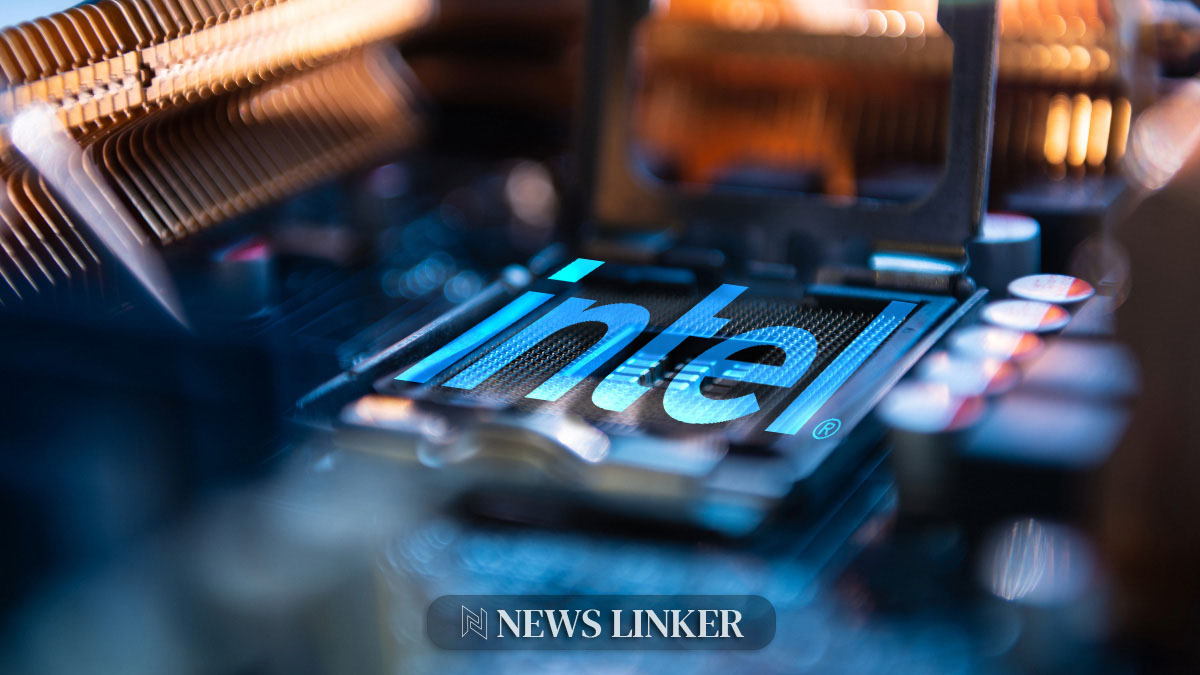In the tech industry, a significant competition is underway as Intel and Qualcomm gear up for a head-to-head clash in the CPU market. This rivalry has sparked intense interest and speculation as both companies prepare to launch their next-generation processors. Intel is set to introduce its Lunar Lake CPUs, while Qualcomm is countering with its new ARM-based chips. The outcome of this confrontation could have far-reaching implications for the future of computing, with each company eager to assert dominance in power efficiency and performance.
Intel’s Lunar Lake CPUs Eye Performance Crown
Intel’s upcoming Lunar Lake CPUs are the latest in a line of innovations from a company that has been a cornerstone in the computing industry for decades. Built on a refined architecture, these processors promise substantial improvements in performance and energy efficiency. Intel aims to maintain its position as a leader in the CPU market, banking on the success of Lunar Lake to propel its technology forward.
Qualcomm’s ARM-Based Chips Challenge the Status Quo
Meanwhile, Qualcomm is not standing still. The company has been making strides with its ARM-based processors, known for their robust performance in mobile devices. These chips are now being scaled up to challenge traditional computing platforms. Qualcomm’s bet on ARM technology represents a direct challenge to the x86 architecture that has long been Intel’s stronghold, with implications for greater diversity and potential shifts in processor preferences among consumers and manufacturers.
In the broader context of this CPU face-off, previous reports and developments provide added depth. For years, Qualcomm has been a major player in the mobile market, powering a vast array of smartphones with its Snapdragon series. Its move into the PC realm signals an ambitious expansion and a response to evolving computing needs. On the other hand, Intel’s advancements in microprocessor technology have been consistent, with each generation bringing enhancements that cater to both the consumer and enterprise sectors. The competition between these two tech titans is not just about a single generation of chips; it’s a continuous race for innovation and market share.
Exploring the landscape of CPU technology, a recent article from AnandTech titled “Qualcomm’s New Venture in ARM-based CPUs: A Threat to x86 Dominance?” highlights Qualcomm’s strategic alignment with NUVIA, a company known for its CPU design expertise, to enhance its chip offerings. Additionally, Engadget’s piece “Intel’s Chipmaking Comeback: A Deep Dive into Evolving Microarchitectures” delves into Intel’s efforts to reclaim its spot at the pinnacle of processor technology through significant investment in research and development.
Market Impact and Consumer Choices
The market is closely monitoring the developments from Intel and Qualcomm. With the tech giants set to release their next-gen CPUs, the impact on consumer choice and industry trends will be profound. Consumers can expect to see a broader range of devices with varying performance levels and price points, while manufacturers may reconsider their hardware partnerships based on the outcomes of this competitive duel.
Useful Information
- Intel’s Lunar Lake to offer improved power efficiency.
- Qualcomm’s ARM chips bring mobile efficiency to PCs.
- Consumers to benefit from wider device choice.
The showdown between Intel and Qualcomm is a pivotal moment that signifies more than just a product launch; it is a clash of philosophies in CPU design and a test of market adaptability. Intel’s Lunar Lake and Qualcomm’s ARM-based chips will each play to their strengths, with Intel focusing on traditional computing power and Qualcomm leveraging its mobile prowess. As these processors hit the market, tech enthusiasts and industry professionals alike will watch closely to see which approach gains the upper hand. This competition is set to catalyze advancements in technology, offering consumers more efficient, powerful computing options and potentially reshaping the CPU landscape.










